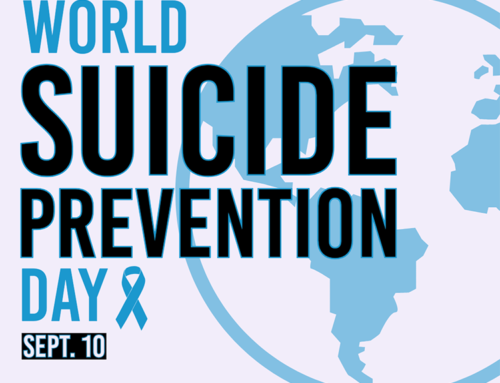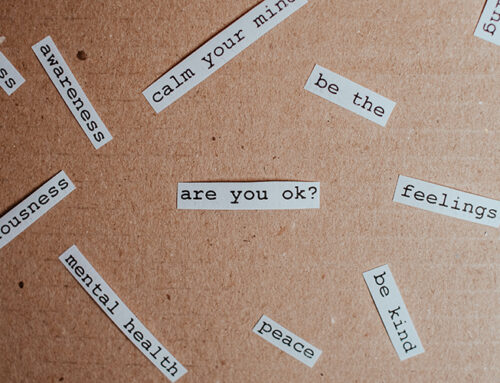In alignment with SAMHIN’s goal of promoting more conversations about mental health within the South Asian community and recognizing the valuable contributions of others, we asked Angela, a physician, to share her encounters with the hesitance in Desi families to discuss mental health and suicide.
More than twenty-five years have passed, yet the events of that time remain shrouded in silence. The tragedy was never openly discussed – not at home with my parents, not at school with teachers or counselors, not even with neighbors, despite the proximity of the family involved. They were first-generation Indian Americans, much like us.
It seemed as though everyone was unwilling to confront the profound loss of life, its intentional and shocking nature too difficult to articulate. It was as if avoidance were the chosen path, as if turning away would somehow erase the memory.
I recall those days from my middle school years, with my older sister navigating high school. We resided in an affluent community teeming with first-generation Indian American families, their outward appearances of beautiful homes and manicured lawns masking deep-seated struggles.
The details remain vague. A junior at our local high school had died. It was a sudden and unexpected death. The circumstances were not disclosed. Rumors whispered at the bus stop revealed the grim truth: he intentionally succumbed to carbon monoxide poisoning by starting his car in a closed garage. This was not an accident; it was a deliberate act that marked my first encounter with suicide. The questions swirled in my mind, unanswered and bewildering. How could this happen? Was it a mistake? Was it an accident? The unspoken hung heavy in the air.
It left me with so many unanswered questions and so many confusing thoughts. And yet, I could never ask my parents about it. The barriers preventing open discussion loomed large in my own household. The lack of emotional dialogue fostered a culture of avoidance as our coping mechanism. Our shared silence became the way we navigated the aftermath and sought to move forward.
With time, memories surfaced of encountering the deceased boy’s cousins at the bus stop. They never made direct eye contact. They never looked happy. Perhaps they were living in a cloud of guilt, or replayed in their heads the constant, “What if’s?”
Reflecting on those unsettling times as I have grown older, a sense of confusion, loneliness, and fear still lingers. It was my first exposure to the complexities of mental health and suicide, a journey I faced in solitude. I remain puzzled by the reluctance within certain communities, particularly South Asians, to address issues of anxiety, depression, and suicide openly and candidly.
In the wake of the COVID-19 pandemic, there has been a surge of child and adolescent mental health problems. Yet, some families continue to turn away from the truth. They opt not to engage in difficult conversations or acknowledge troubling signs, perpetuating a cycle of denial and avoidance. Drawing from my experiences in General Pediatrics, I witness this phenomenon frequently, especially among the South Asian population.
Through increased dialogue and awareness, I aspire to see a shift towards destigmatizing mental health discussions within Desi communities and fostering a culture where seeking help is not only accepted but encouraged.
By Angela
We invite you to share your experiences of such difficult conversations and your comments.
Subscribe to SAMHIN’s email list if you would like to be notified when SAMHIN publishes new blog posts.







Leave A Comment